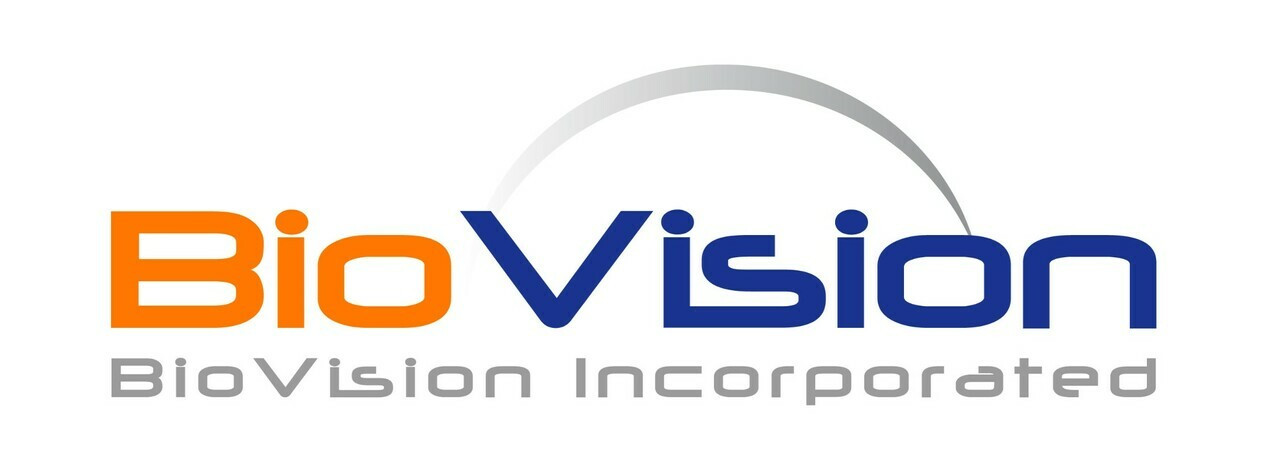Product Description
Urokinase - type plasminogen activator also known as PLAU and UPA, a serine protease with extremely limited substrate specificity, cleaving the sequence Cys Pro Gly - Arg560 - Val561 Val Gly Gly Cys in plasminogen to form plasmin. uPA is a potent marker of invasion and metastasis in a variety of human cancers associated with breast, stomach, colon, bladder, ovary, brain and endometrium. The human PLAU is initially synthesized as 431 amino acid precursor with a N-terminal signal peptide (20 residues). The single chain molecule is processed into a disulfide-linked two-chain molecule of different molecular weights. Two forms of the A chain exist, starting at Ser21 (the long form) and Lys156 (the short form). The long and short A chains are unique to the high and low molecular weight forms, respectively. The long A chain contains an EGF-like domain, responsible for binding of the PLAU receptor. The B chain corresponds to the catalytic domain.
Biovision | 7248 | Human CellExp UPA human recombinant DataSheet
Biomolecule/Target: UPA
Synonyms: Urokinase, PLAU, ATF, UPA, URK, u-PABDPLT5QPD
Alternates names: Ubiquitin carboxyl-terminal esterase L1, UCHL1, PARK5, Uch-L1, PGP9.5.
Taglines: A potent marker of invasion and metastasis in a variety of human cancers
NCBI Gene ID #: 7345
NCBI Gene Symbol: UCHL1
Gene Source: Human
Accession #: P09936
Recombinant: Yes
Source: E. coli
Purity by SDS-PAGEs: 95%
Assay: SDS-PAGE
Purity: N/A
Assay #2: HPLC
Endotoxin Level: < 0.1 ng/g of protein (<1EU/g).
Activity (Specifications/test method): N/A
Biological activity: > 300 pmole/min/ug
Results: N/A
Binding Capacity: N/A
Unit Definition: N/A
Molecular Weight: 24.8 kDa (223 aa)
Concentration: N/A
Appearance: Lyophilized powder
Physical form description: Urokinase - type plasminogen activator is also known as PLAU and UPA, a serine protease with an extremely limited substrate specificity, cleaving the sequence Cys Pro Gly - Arg560 - Val561 Val Gly Gly Cys in plasminogen to form plasmin. uPA is a potent marker of invasion and metastasis in a variety of human cancers associated with breast, stomach, colon, bladder, ovary, brain and endometrium.uPA and its receptor (uPAR) have been implicated in a broad spectrum of pathophysiological processes, including fibrinolysis, proteolysis, inflammation, atherogenesis and plaque destabilization, all of which are involved in the pathogenesis of MI (myocardial infarction).
Reconstitution Instructions: N/A
Amino acid sequence: MQLKPMEINP EMLNKVLSRL GVAGQWRFVD VLGLEEESLG SVPAPACALL LLFPLTAQHE NFRKKQIEEL KGQEVSPKVY FMKQTIGNSC GTIGLIHAVA NNQDKLGFED GSVLKQFLSE TEKMSPEDRA KCFEKNEAIQ AAHDAVAQEG QCRVDDKVNF HFILFNNVDG HLYELDGRMP FPVNHGASSE DTLLKDAAKV CREFTEREQG EVRFSAVALC KAA
 Euro
Euro
 USD
USD
 British Pound
British Pound
 NULL
NULL








